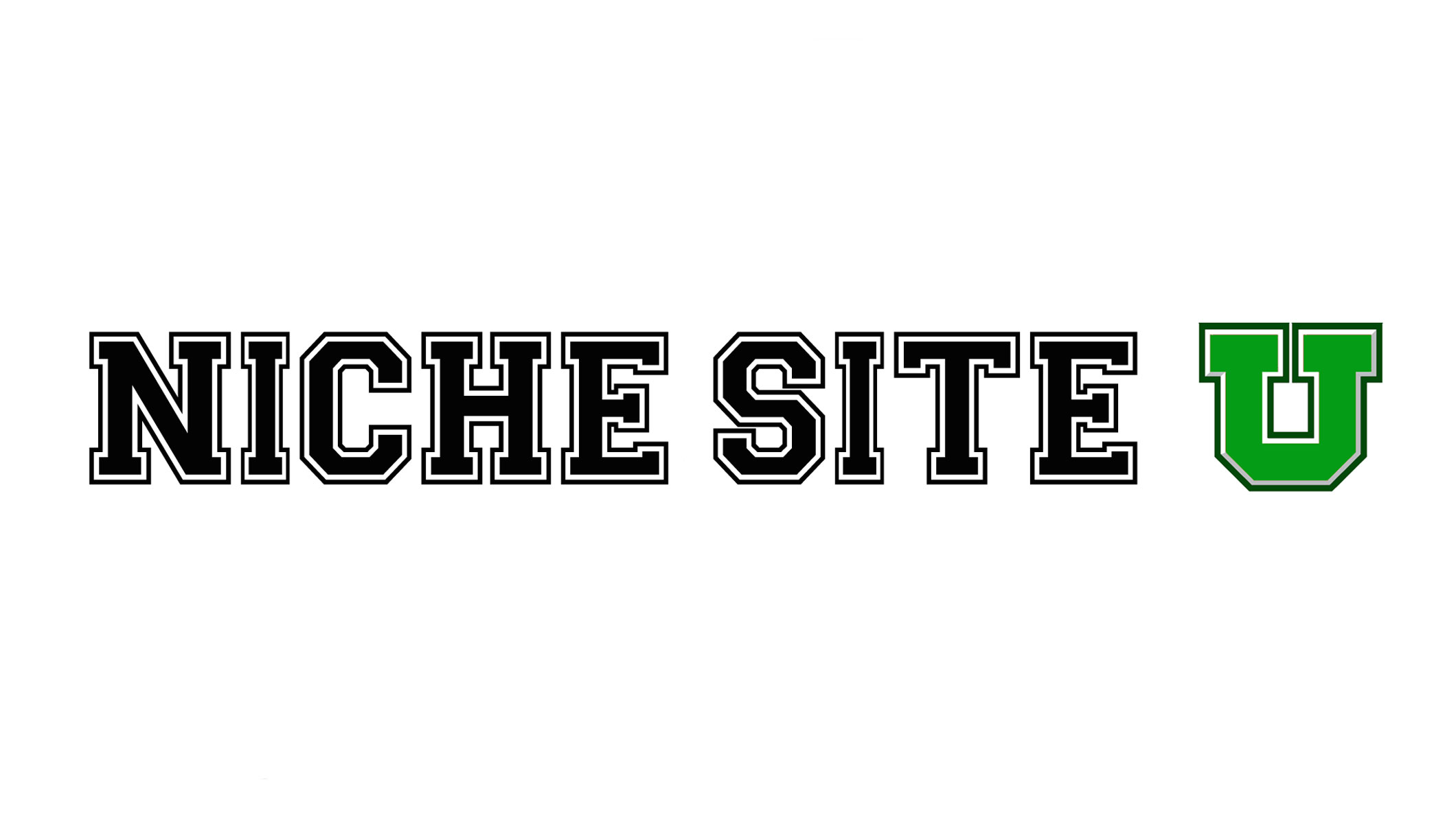
I’ll be the first to admit that I’m an online retailer’s worst nightmare. On more occasions than I care to count, I’ve found myself browsing through page after page of online stores, adding items to my cart, and then abandoning it altogether come checkout time. While it isn’t always to the fault of the retailer, the problem of abandoned shopping carts is widely shared across e-commerce sites.
Sometimes it’s just the nature of the buyer, but in many cases, there’s a part of the user experience that deters them from completing the checkout process. The months between September and February are some of the most shopping-heavy points of the year, which means we’re currently knee deep in e-commerce season. If you’ve been noticing spikes in shopping cart abandonment, it may be one of these common issues.
Complicated check-out process.
Obviously, a complicated check-out process that requires users to jump through a bunch of hoops to make a purchase will result in shopping cart abandonment. But what many people don’t realize is that even the slightest deviation from simplicity can turn a customer off from fulfilling their purchase. Here’s an example of how this happens with me:
Me: Fills cart with items, clicks check out, begins filling in information fields (Name, address, etc.). Sees “Company Name” field. Immediately closes out of browser.
Don’t ask me why, but even the tiniest request for unnecessary information, specifically the “Company Name” field, makes me not want to put my personal information in. It sounds crazy, but studies have actually shown that the less information you require users to enter, the higher percentages of conversions you’ll see.
How to fix it: To ensure that you have a clean, simplified check-out process, start by making sure it’s broken up into bite sized chunks. Common steps include a section for entering information personal info (name, email address), a section for entering shipping information, and a section for payment-three simplified steps. In each section, make sure there aren’t any excess fields for users to fill in. Try and get them from purchasing to the confirmation page in as few clicks as possible.
Lack of incentive.
If you’re really trying to push users over the shopping cart abandonment hump, a little incentive goes a long way. Believe it or not, many customers actually factor incentivized deals into their decision making process when finalizing their purchase.
More and more, consumers have started looking at shipping costs as an additional tax. That’s why membership programs like Amazon Prime and Zappos Premium are so successful-because they eliminate several steps from the online buying process and often include shipping for free.
Another frequently seen problem is the “coupon code” field some check-out processes display. If the user doesn’t have a promo or coupon code, there’s a good chance they’ll start scanning the internet to find one, or abandon their shopping cart because they feel like they’re over paying.
How to fix it: Incentivize purchases however you can. You might even consider factoring shipping into the cost of the items you sell online, because people will see “free shipping” and conclude that it’s a more cost-effective purchase. Another possibility is to offer rewards or added incentives with every purchase. For example, if you do have the promo/coupon code field, but the user doesn’t have a coupon, maybe include a note underneath that says “10% off your next purchase if you order now” or “refer a friend to get $10 off this purchase.” The tiniest nudge can be all users need to get through that check out process.

